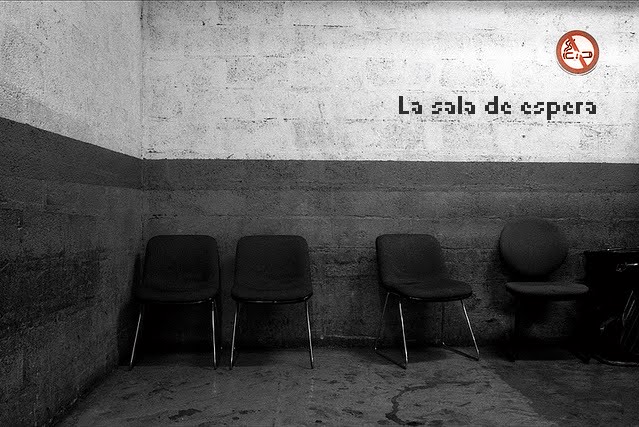On the way between San Simeon and Sarasota I stopped in New Orleans. I was coming from the recreated New Orleans of Disneyland, and I wanted to check my reactions against the real city, which represents a still intact past, because the Vieux Carré is one of the few places that American civilization hasn't remade, flattened, replaced. The structure of the old Creole city has remained as it was, with its low houses, its cast-iron balconies and arcades, reasonably rusted and worn, its tilting buildings that mutually support one another, like buildings you see in Paris or Amsterdam, repainted perhaps, but not too much. Storyville is gone; there is no Basis Street left, no red-light district, but there are countless strip joints with dorrs open onto the street, in the racket of bands, of circulating tourists, strolling idlers. The Vieux Carré isn't the least like the entertainment district of an American city; it is more like a cousin of Montmartre. In this corner of pretropical Europe there are still restaurants inhabited by Gone with the Wind characters, where waiters in tails discuss with you the alterations in sauce béarnaise due to the impact of local spices. Other places, strangely similar to a Milanese brasera, know the mysteries of bollito with green sauce (shamelessly presented as Creole cuisine).
On the Mississippi you can take a six-hour trip on a paddle-steamer, obviously fake, constructed according to the latest mechanical criteria, but still it transports you along wild shores inhabited by alligators as far as Barataria, where Jean Lafitte and his pirates hid before joining up with Andrew Jackson to fight the British. So in New Orleans, history still exists and is tangible, and under the porch of the Presbythère there stands, a forgotten archeological item, one of the first submarines in the world, with which Confederate sailors attacked Yankee vessels during the Civil War. Like New York, New Orleans knows its own fakes and hitoricizes them: In various patrician houses in Louisiana, for example, there exist copies of Ingre's portrait of Napoleon enthroned, because many French artists came here in the nineteenth century saying they were pupils of the great painter, and they distributed copies, more or less reduced, and more or less successful, but this was in a time when oil copies were the only way of knowing the original, and local historiography celebrates these copies as the documentations of their own 'coloniality.' The fake is recognized as 'historical,' and is thus garbed in authenticity.
Umberto Eco, Travels in Hyperreality (fragment)

